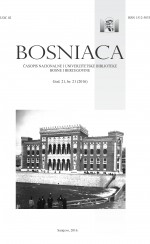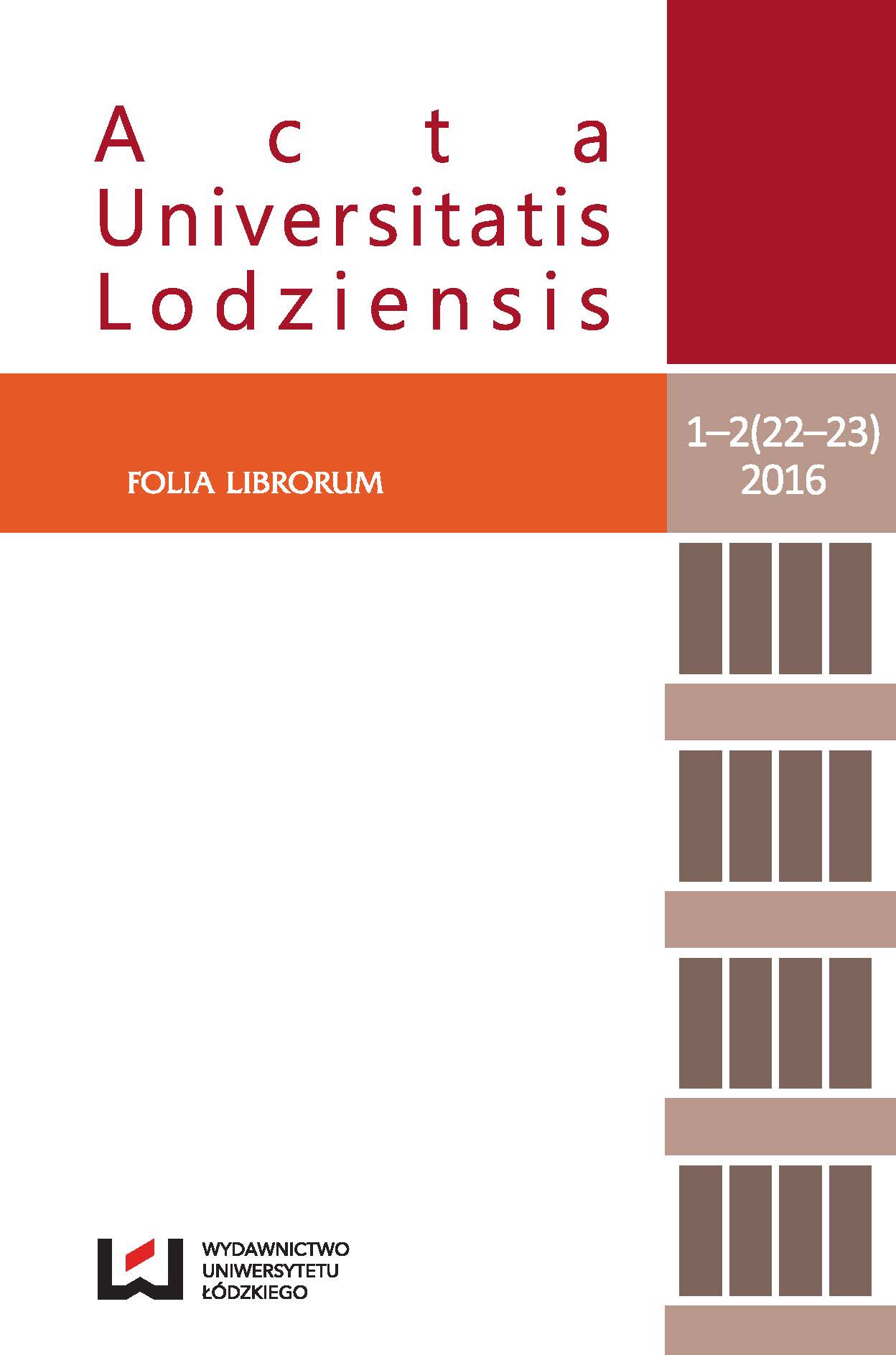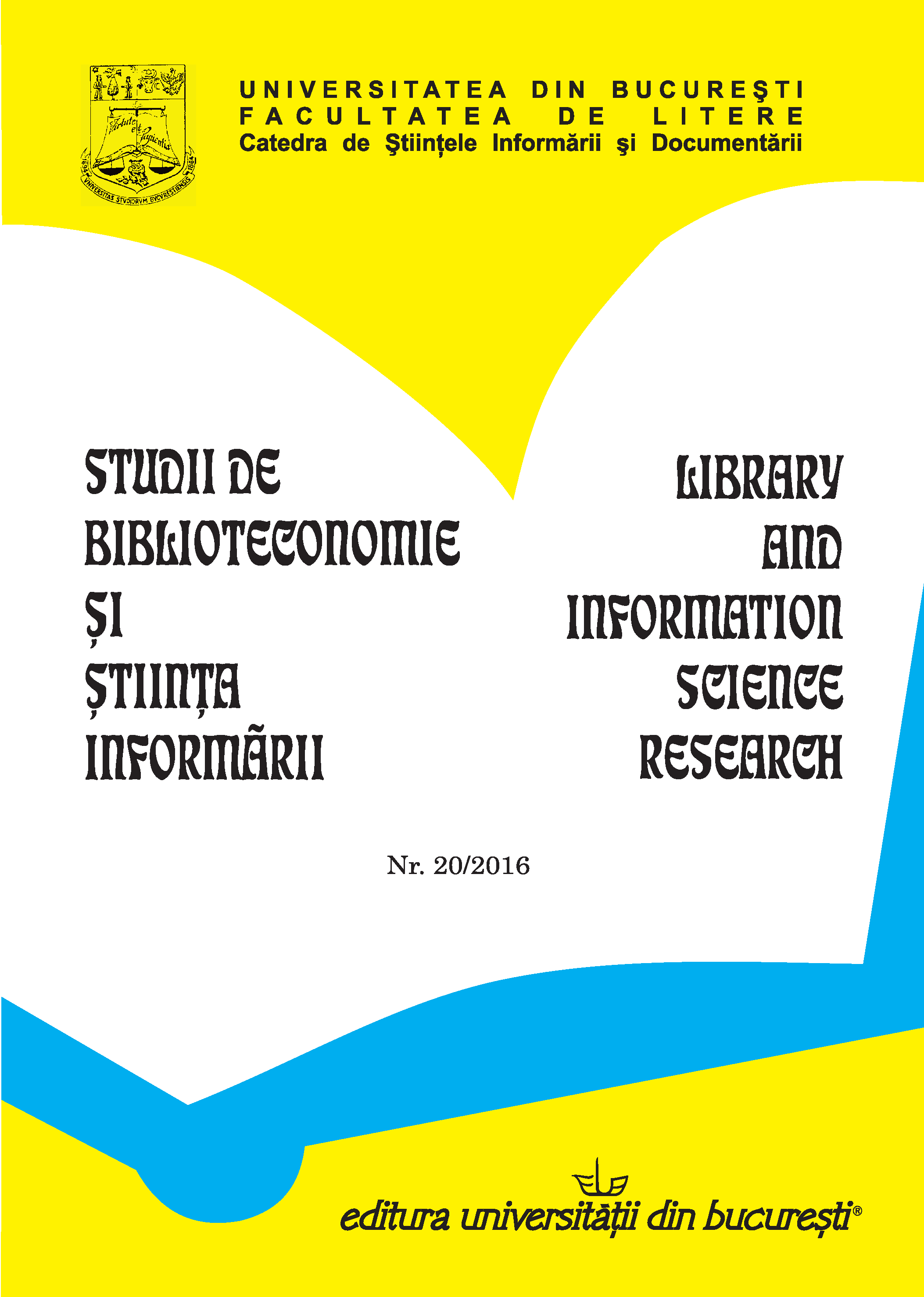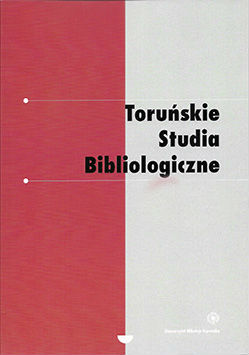
Open access: how to increase visibility and impact of research in Bosnia and Herzegovina
This article talks about open access of scientific publications, creation of OA journals and OA repositories through examples from Bosnia and Herzegovina. With the explanation what is Open Access and how to provide it, the paper gives instructions on how to create an institutional OA repository in nine steps, as well as to read Open Access policy.
More...


